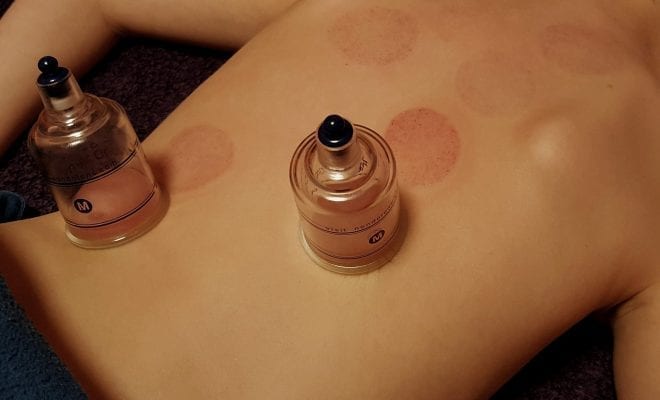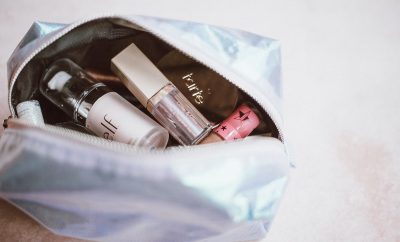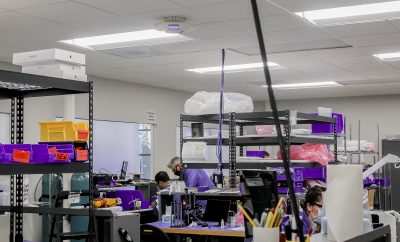
Lifestyle
What’s the Deal With Cupping?
For many, cupping first came into the light when Michale Phelps was making history at the 2016 Olympics. From the front, he walked with an undeniable swagger up to his swimming lane while, from behind, looking like he had contracted some horrible skin disease. While cupping has very little aesthetic appeal, the practice has become popular among world-class athletes, so what’s the deal?
Cupping is an ancient traditional Chinese therapy that is done by utilizing glass cups that are applied with suction onto the skin and left for several minutes. Accomplished using a vacuum pump, the suction causing pressure within the body, pulling blood to the skin’s surface. This is what gives cupping that signature purplish bruise-like appearance. Ouch!
So what is the point?
Proponents for this peculiar practice claim that the therapy promotes healing and can effectively treat sore muscles. This is done by increasing blood circulation in a particular area, which can promote cell repair and help form new connective tissues and the creation of new blood vessels. There are a variety of other proposed health benefits to the practice, some of which include:
- back and neck pain
- skin diseases
- lowering cholesterol
- migraines
- knee arthritis
- improving immune function
Traditionally, ancient Taoist medicinal healers believed that cupping helps balance the bodies yin and yang, or positive and negative energy. By restoring this balance, they believe that it helps bring the body back to a sort of equilibrium, which results in a stronger immune system, healing factor, and increased blood flow.
Does it work?
Research backing up the efficacy of cupping has yet to provide a convincing answer as to whether it is as effective as treating health issues. One 2015 report noted that the practice could be effective in treating skin conditions and helping with pain management. Another 2012 study found cupping to be effective in treating these conditions when paired with other treatments like acupuncture or medication.
Is it safe?
Most experts agree that cupping is a relatively safe therapy to undergo. The only major side effect is the circular discolorations that eventually fade away over several days or weeks. It can be somewhat painful due to the skin being pinched with the suction is applied, but that pain quickly subsides.
While some high-profile celebrities and athletes may swear by cupping, the effects probably depend on the individual. Cupping typically ranges from $40 all the way up to $100 at high-end clinics.





0 comments